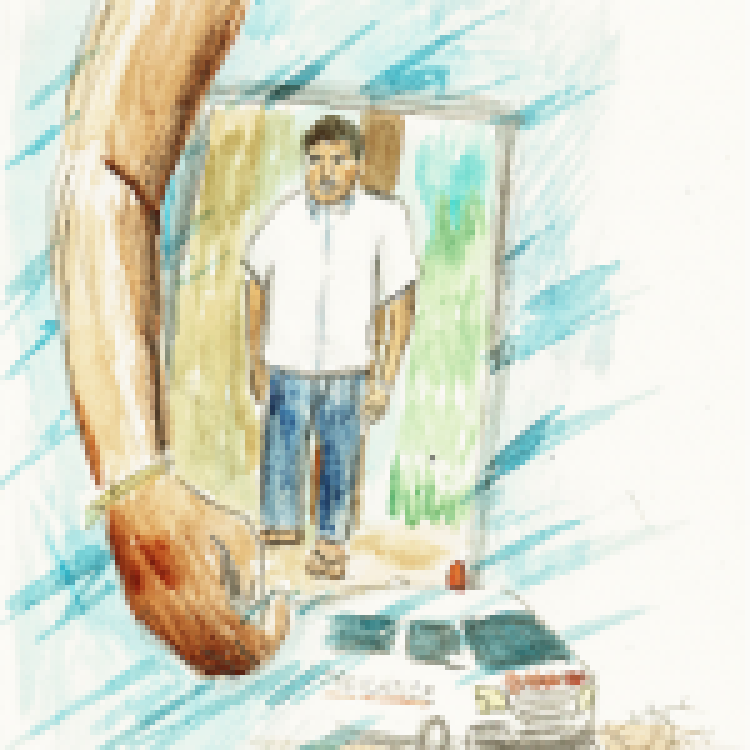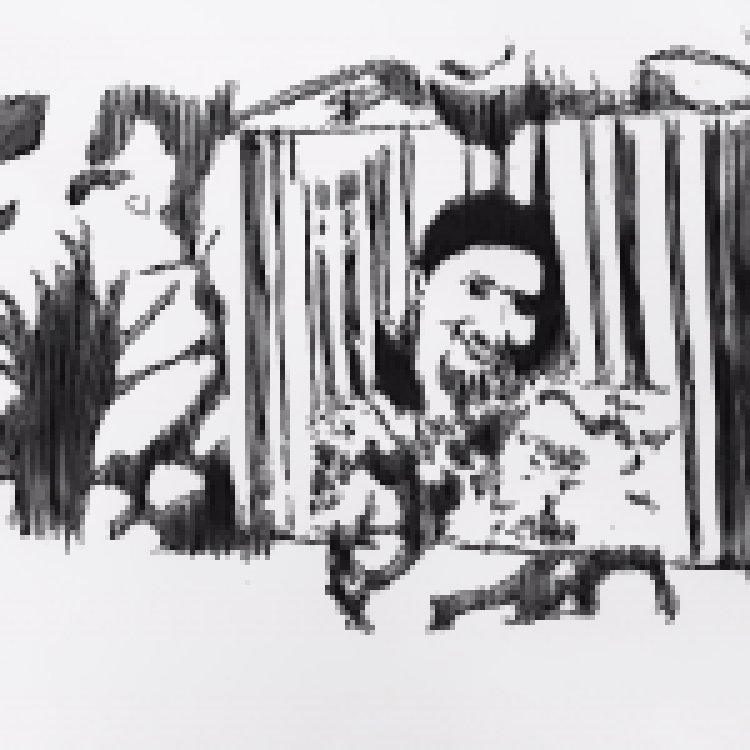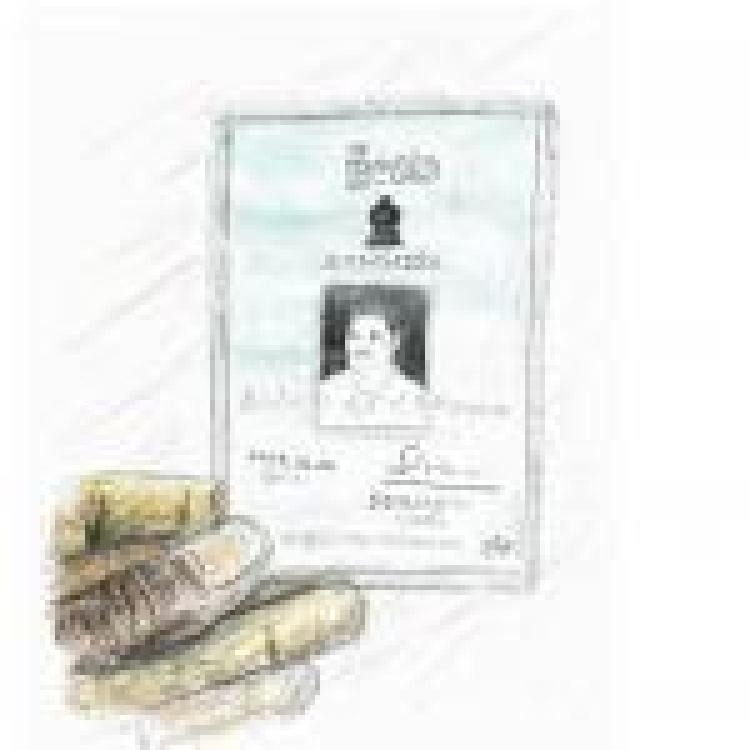Artwork courtesy of Shawmy Thilipkumar (@shawmy_02)
For months relatives of the forcibly disappeared have been protesting on the streets across the North-East, demanding to know the whereabouts of their loved ones. Despite years, sometimes decades, of various government mechanisms and pledges, their search for answers continues.
In this series of interviews conducted since May 2017, Tamil Guardian goes behind the protest to the individual stories that make up this unyielding movement of Tamil families of the disappeared.
Mariyathas
 By April 2009, Valaignarmadam had been hit by shells several times. Nestled just hundreds of metres away from Nandikadal lagoon, this small, normally serene town on the coast, was now the site of unbelievable suffering. The preceding weeks and months had seen the town’s church, a makeshift hospital, and even people queuing for handouts of food hit by Sri Lankan artillery, rockets and cluster bombs.
By April 2009, Valaignarmadam had been hit by shells several times. Nestled just hundreds of metres away from Nandikadal lagoon, this small, normally serene town on the coast, was now the site of unbelievable suffering. The preceding weeks and months had seen the town’s church, a makeshift hospital, and even people queuing for handouts of food hit by Sri Lankan artillery, rockets and cluster bombs.
It was in this carnage that Mariyathas was with his mother.
Sitting outside the Murugan temple in Kilinochchi, she tells of how her son had been forcibly disappeared. He was “a child with familial affection," she said. “Wherever he goes, he always buys things for the house and for his younger sister."
Just 20 years old at the time, Mariyathas was a bright young man. "He studied for his A levels and he went to write the exam,” his mother continues. “He studies Arts… but he has all sorts of interests.”
Above right: file photograph - Tarpaulin shelters at Valaignarmadam in 2009, as tens of thousands were massacred.
Above: Mariyathas's mother holding his photograph, as she joins others at the protest in Kilinochchi.
“That's when it all happened,” she says. The massive Sri Lankan military offensive was raging closer. Mariyathas had been forcibly conscripted into the LTTE, his mother says. By April though, Mariyathas had managed to leave the LTTE and join his family in Valaignarmadam.
 The town was heavily attacked by the Sri Lankan military. The UN OISL report quoted a humanitarian worker, who described the aftermath of one attack on the town’s church. “It was a terrible sight: There were body parts blown everywhere. I even saw hands hanging on the trees. I saw human body parts all over the vehicles.”
The town was heavily attacked by the Sri Lankan military. The UN OISL report quoted a humanitarian worker, who described the aftermath of one attack on the town’s church. “It was a terrible sight: There were body parts blown everywhere. I even saw hands hanging on the trees. I saw human body parts all over the vehicles.”
Amidst the massacres, Mariyathas and his family managed to cross the dangerous front lines into Sri Lankan military territory.
"In Valaignarmadam, we reached the Sri Lankan Army controlled areas,” says his mother. “We were about 2,000 people total.”

Above right: A neighbourhood in Valaignarmadam, photographed in 2012. (Marisa de Silva/ Vikalpa | Groundviews | Maatram | CPA)
Above: Holy Rosary Church, Valaignarmadam, photographed in 2012. (Marisa de Silva/ Vikalpa | Groundviews | Maatram | CPA)
“Afterwards, him and I were separated,” she says. “Then, we lost contact with him. But he had come inside the army controlled area.”
Like so many others, Mariyathas had disappeared.
His mother believes the Sri Lankan military held him and is aware of his whereabouts.





